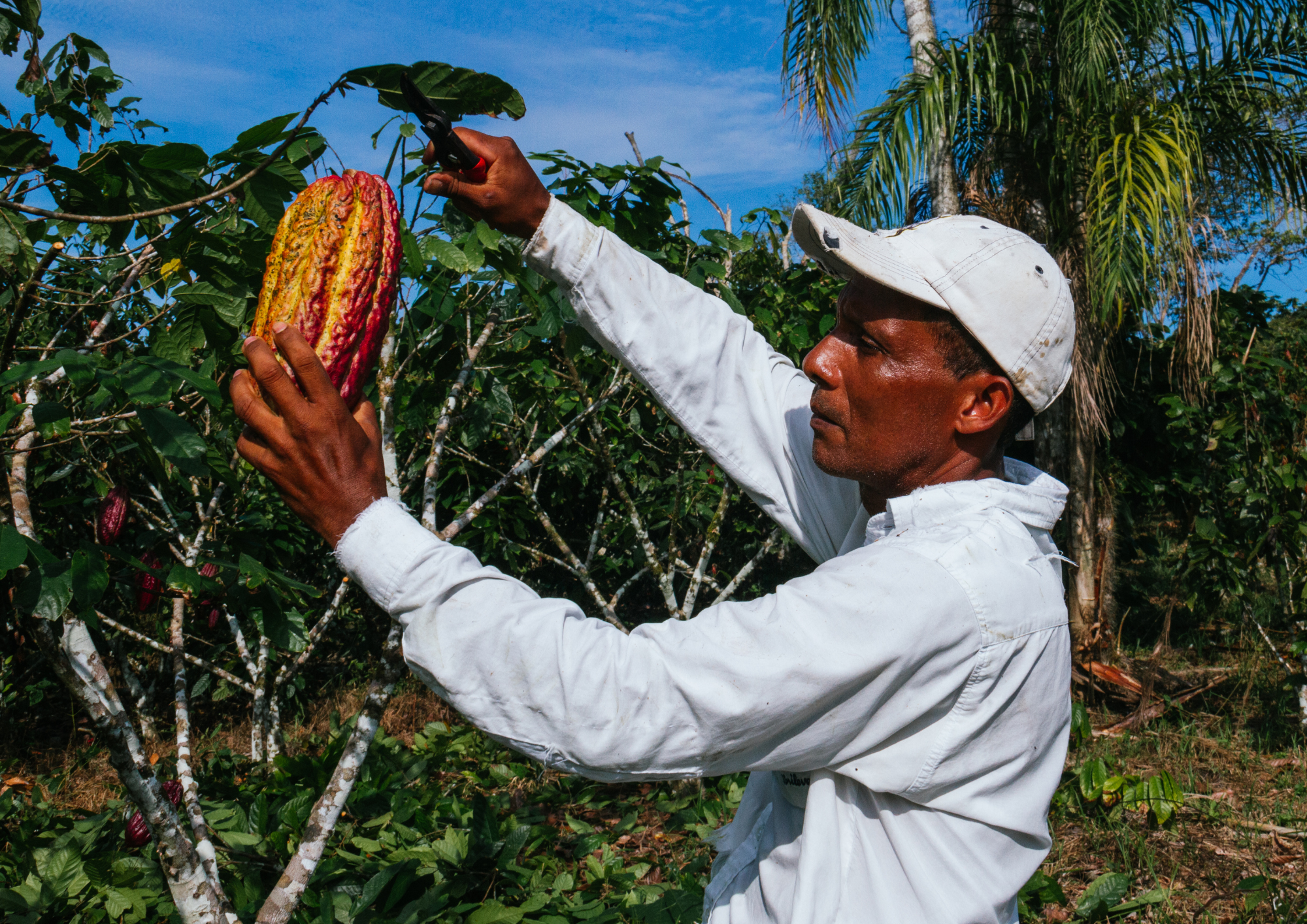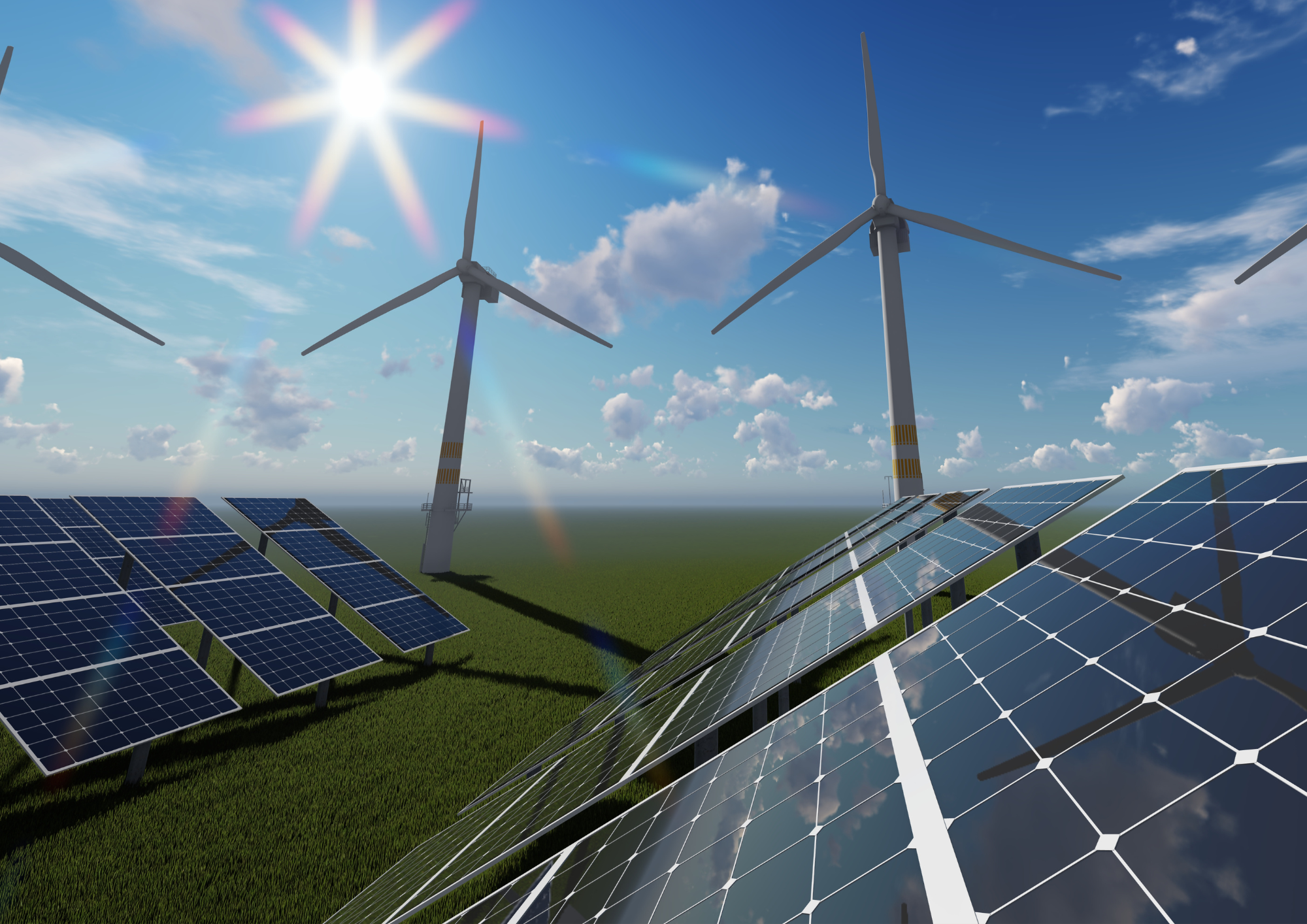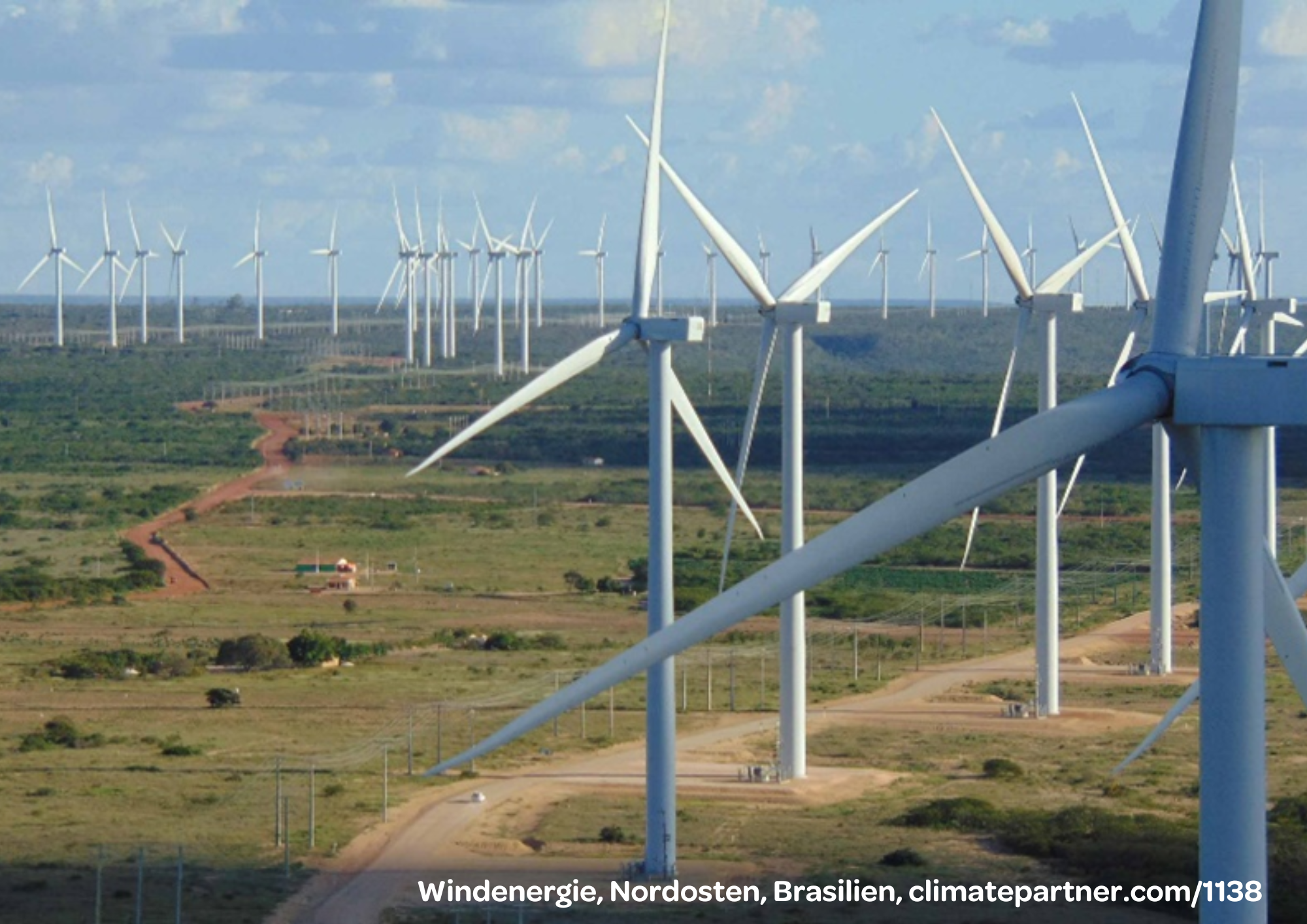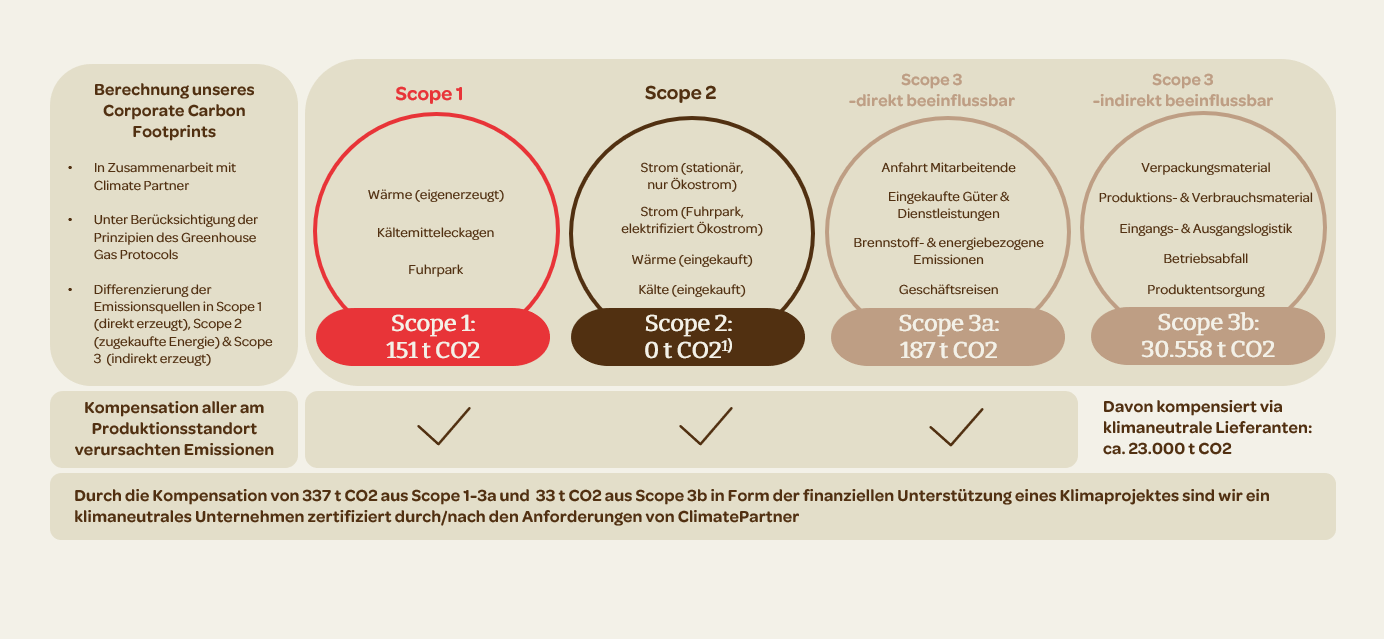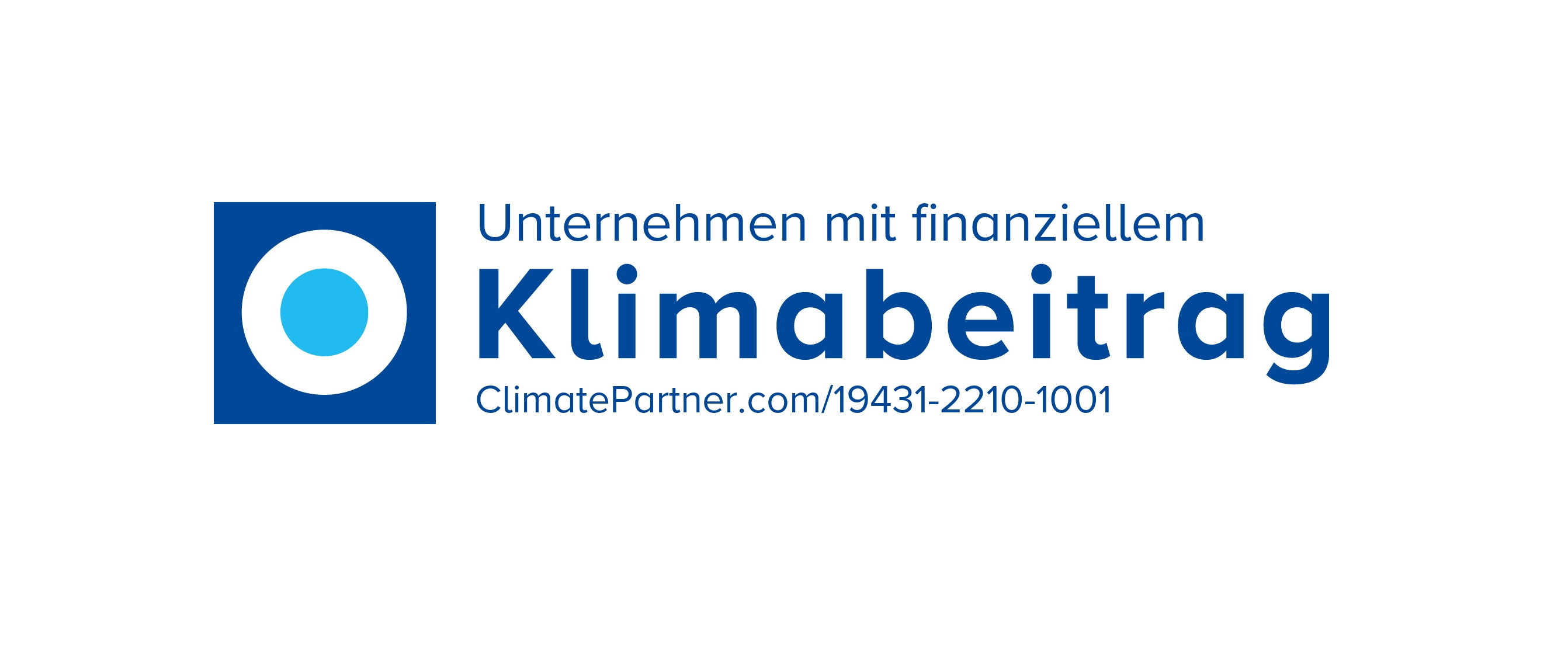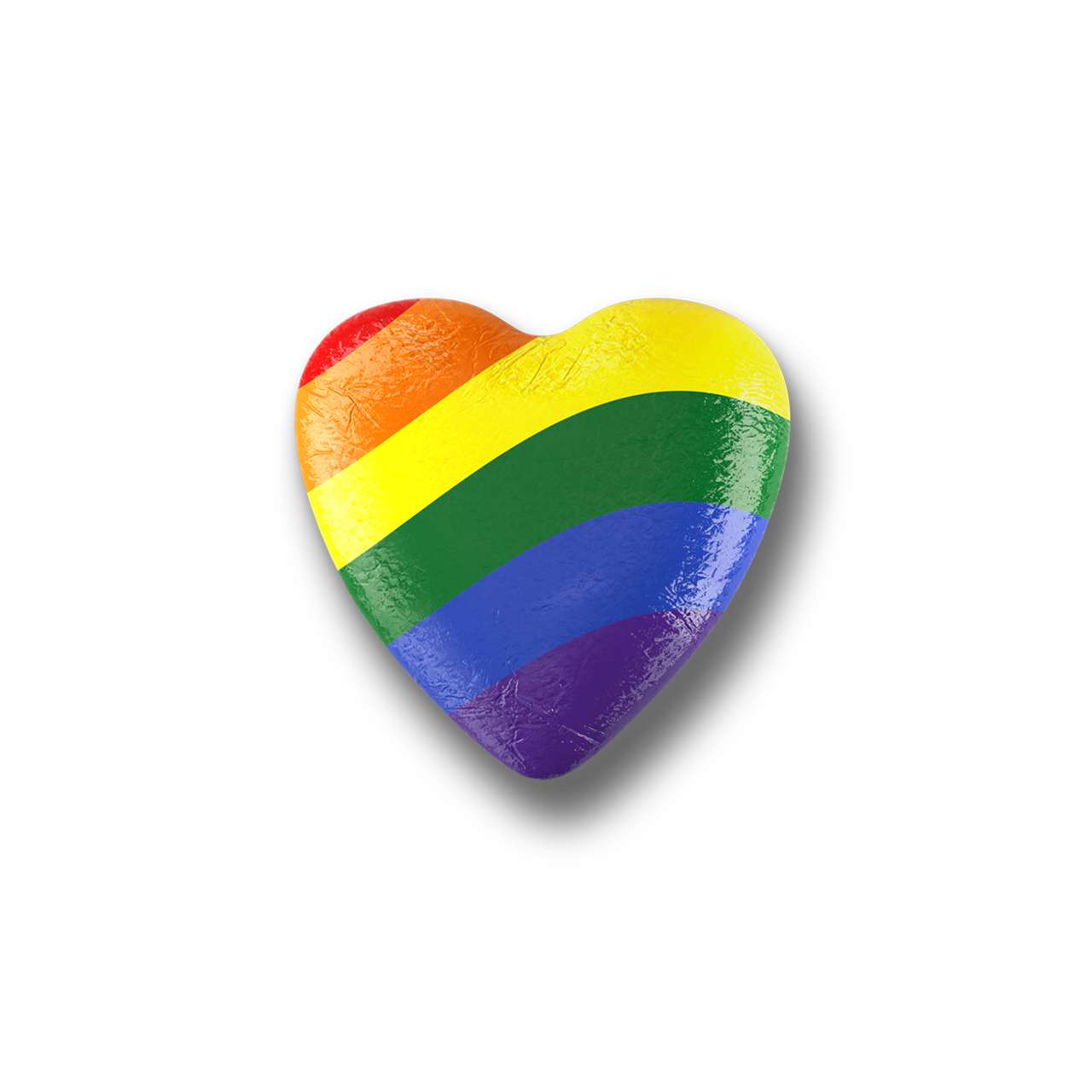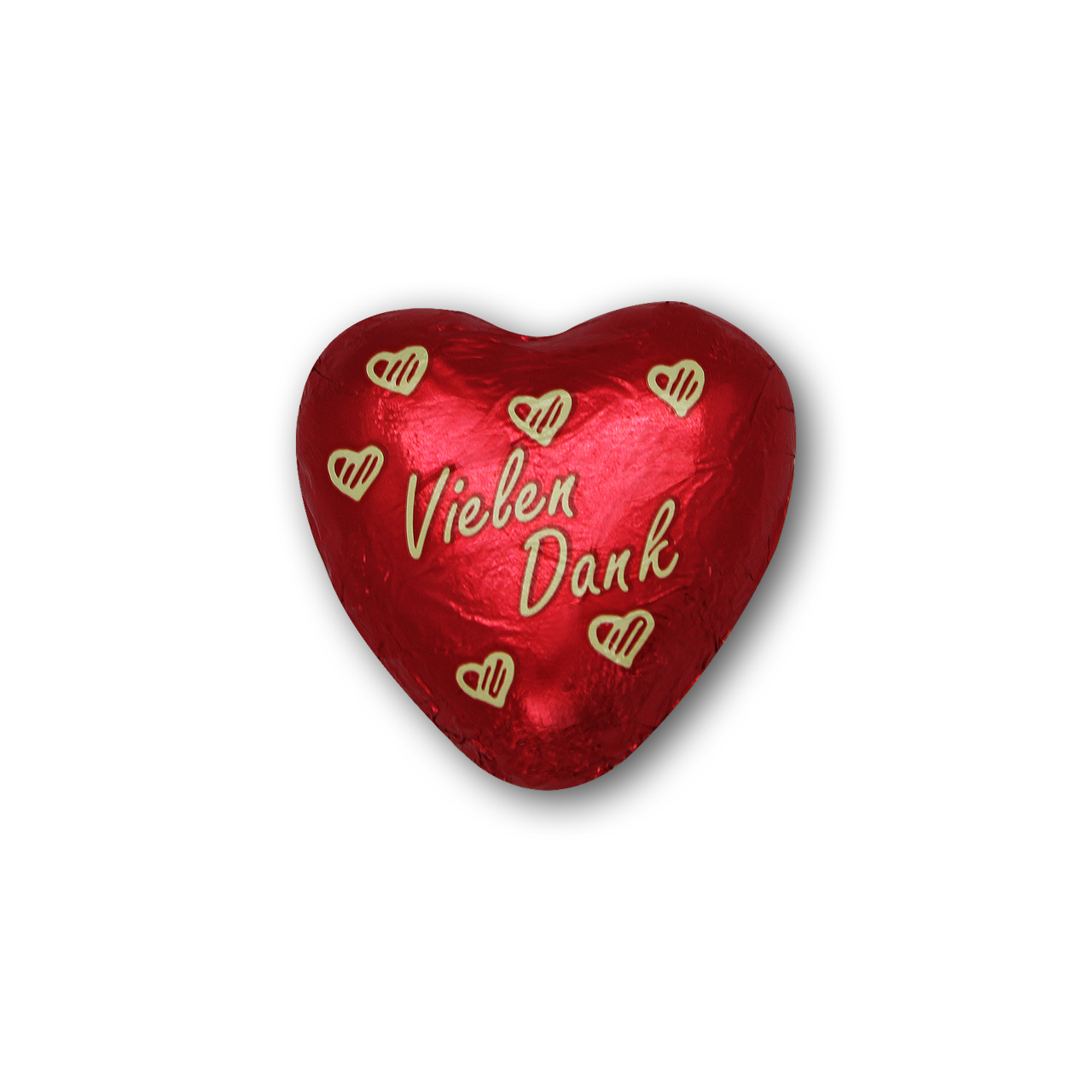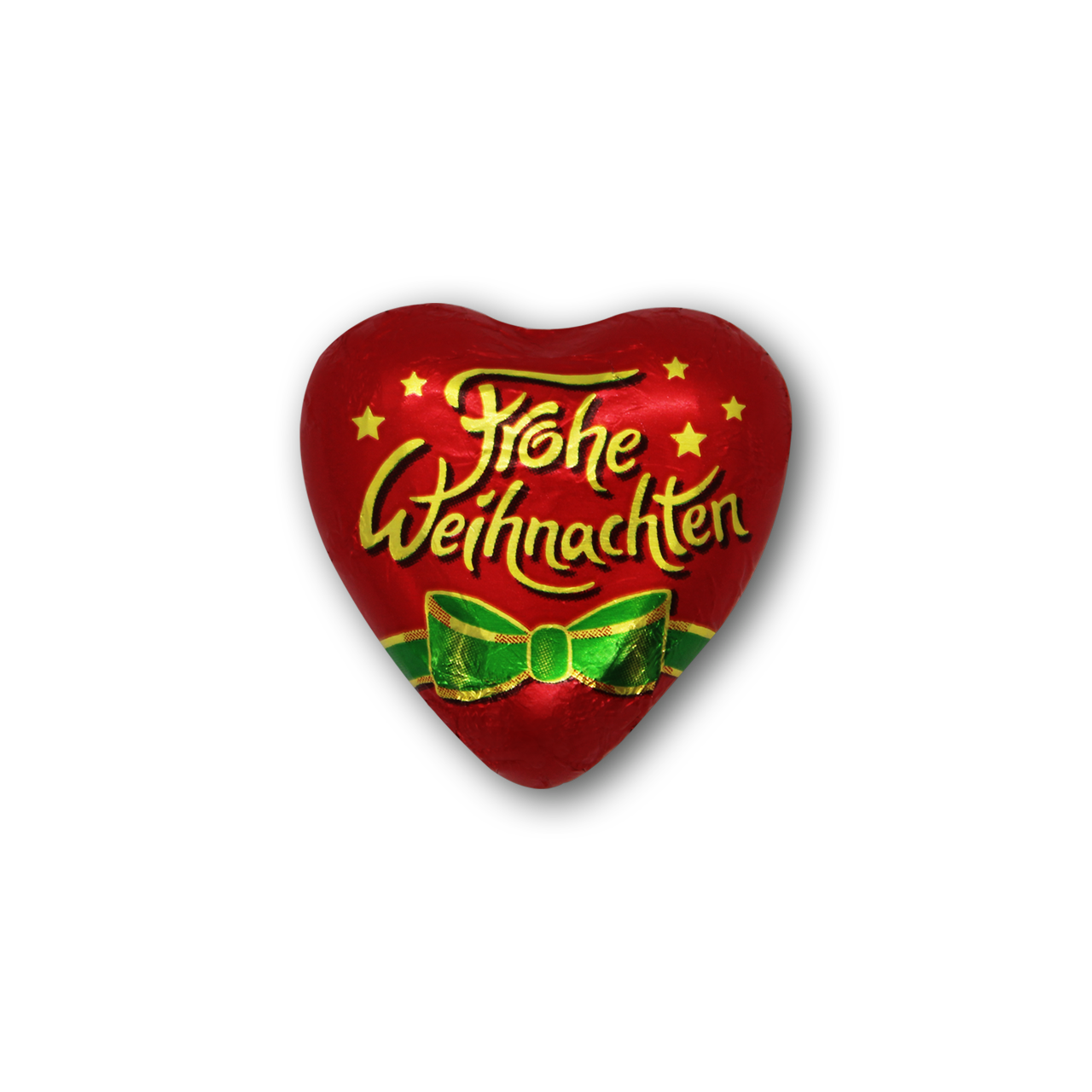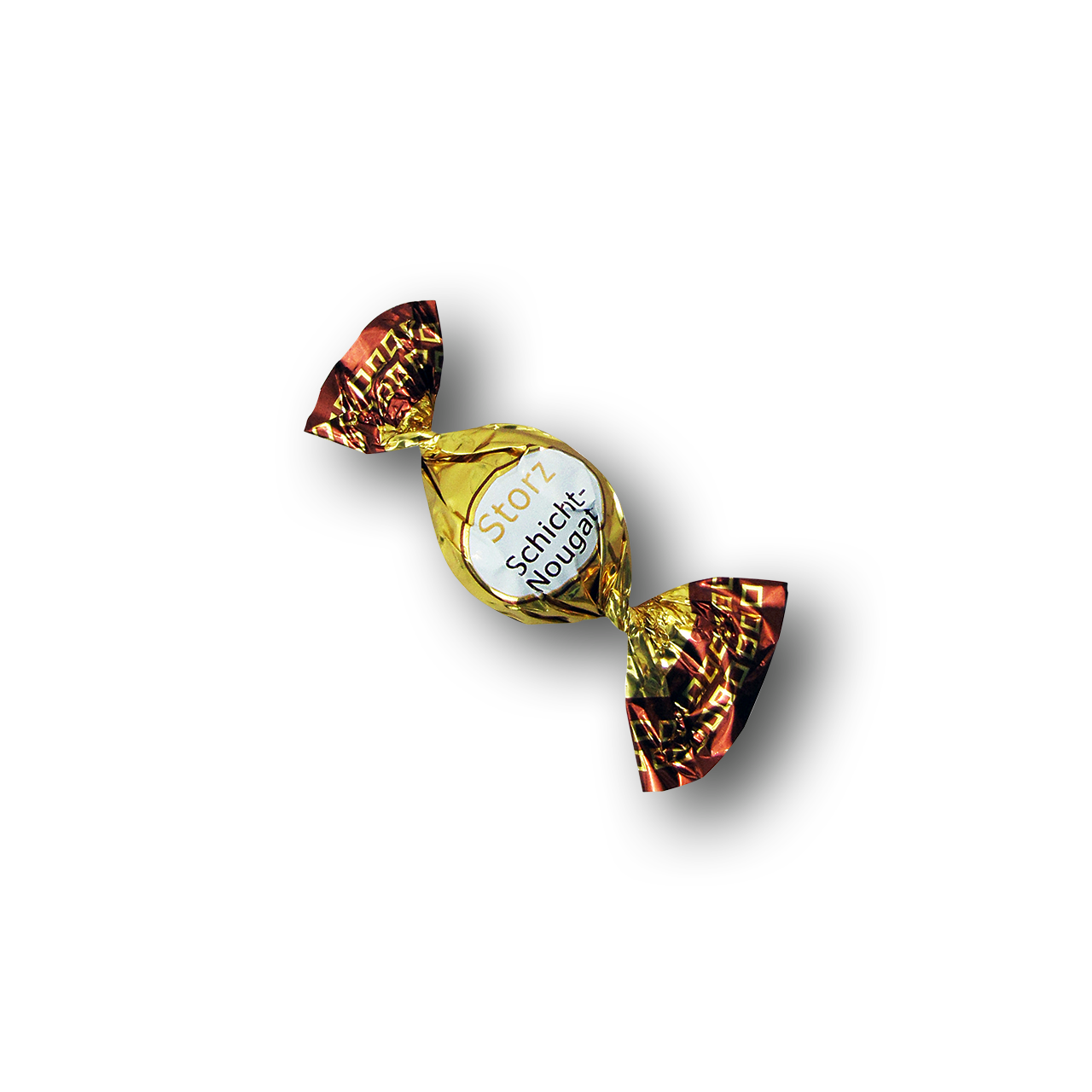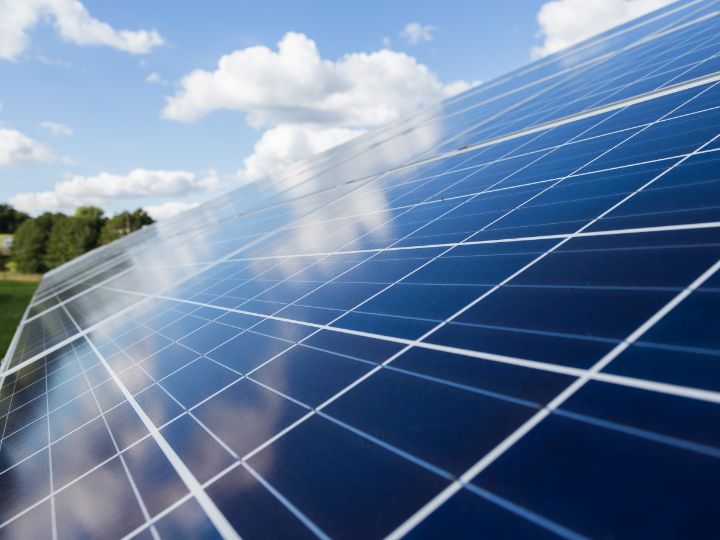
From 1884
But not from yesterday
What sustainability means to us
For us, sustainability means that we meet the requirements of the present without restricting the possibilities of future generations.
For us at Storz-Schokolade, this means that we ensure that our company and our products are sustainable and at the same time pay attention to social , economic and ecological aspects.
Our vision and mission for sustainable development is to develop and implement measures step by step that make our world a little bit better. In doing so, we focus on all areas in which our actions have a direct or indirect impact.
On this page we give an overview of our processes, strategies and measures within the framework of sustainability management along our supply chain. We consider all social, ecological and economic aspects of our chocolate, point out weaknesses and challenges, present previous measures and define goals for the future.
Against this background, we published our first sustainability report for the 21/22 financial year, which is intended to provide an overview of these measures and goals as part of our sustainability management. You can find this sustainability report in the download area.
We have divided the measures and goals into the various steps in the supply chain. In the following section you will find more information.
The Storz fine milk chocolate contains at least 33% cocoa mass and cocoa butter from various countries such as Peru, Ecuador, Côte d'Ivoire, Ghana, Tanzania, Indonesia and Malaysia . We also use raw materials such as sugar, hazelnuts and milk powder, which are mainly grown and produced in Europe .
Since 2019 we have only been sourcing Fairtrade cocoa, below you will find more information about this.
These are our other goals:
We want to achieve 100% transparency with regard to human rights violations and corruption along our supply chain by 2030. Our goal is to reduce the recorded cases of human rights abuses, corruption and child labor along our supply chain to 0 by 2033. From 2027 onwards, we want to only use cocoa products for which no forests or trees have been cut down for their cultivation. We strive to keep the share of raw materials sourced from the EU (excluding cocoa) above 90%.
How we currently measure our sustainability measures:
- What % of our processed cocoa can we trace back to the producer organization? 0% (We have not yet implemented traceability back to the producer organization due to the lack of sufficient security of supply. We are working on changing this as soon as possible.)
- What % of the raw materials we buy are produced in Europe? 64% (Apart from cocoa, almost all of the raw materials we use come from Europe.)
In addition to the raw materials for our chocolate, we need packaging and shipping materials . We currently purchase all raw materials from 62 suppliers , who in turn purchase preliminary products from unknown suppliers. This results in a complex supply chain .
These are our other goals:
From 2027, we will only work with suppliers who, in our opinion, can demonstrate an appropriate commitment to sustainability. We aim to use 100% recyclable packaging materials by 2027. By 2030 we will only buy from climate-neutral suppliers or use climate-neutral products.
How we currently measure our sustainability measures:
- What % of the packaging units we use are recyclable? 99%
- What % of our suppliers are carbon neutral? 8th%
- What % of our purchased raw materials and materials are climate neutral? 38%
The largest direct sphere of influence of our company lies in our production . The in-house production steps can be divided into the following processes:
- Part of the chocolate mass is produced in-house, while another part is obtained from several partners who produce the chocolate mass according to our original recipe specifications.
- The liquid chocolate mass is poured into the molds and then tapped out of the molds.
- The chocolate is packed in the primary packaging, which is usually made of aluminum foil, which provides the necessary product protection.
- The items are packed in the secondary packaging in which the product is sold.
- Preparation for transport, e.g. B. trays, shipping packaging and display boxes.
- The finished products are stored and shipped to customers.
Modern energy management is crucial for our production site - you can find more information at the bottom of this page.
We have been producing CO2-neutral since the 21/22 financial year , you can find everything about this below.
These are our other goals:
By 2030, we aim to reduce emissions at our production site by 20% per tonne of chocolate mass we process. At the same time, we would like to increase the self-sufficient energy supply (PV) to 30%. To reduce material consumption, we plan to achieve a 10% reduction per tonne of chocolate liquor we process by 2030. We also aim to reduce water consumption per tonne of chocolate liquor we process by 10% by 2030.
We measure our sustainability measures at our production site in absolute and relative terms per processed quantity of chocolate mass using the following indicators:
- Emissions caused
- power consumption
- heating oil requirements
- gas consumption
- material consumption
- water consumption
We owe our success for five generations to our unique employees. As a guide for our actions, we have formulated compliance guidelines to create a uniform standard for business ethics , social responsibility , health and safety at work , environmental and climate protection , sustainable procurement , raw materials , chemicals and waste , customer health and safety , corruption prevention and confidentiality. & ensure data protection . Managers have the task of bringing these guidelines to the various parts of the company and monitoring compliance.
These are our other goals:
We have set ourselves various goals to ensure that our company will continue to be successful in the market and that our employees will be satisfied.
One goal is to continue to report 0 cases of internal corporate corruption and bribery. Another goal is to ensure that 0 incidents of information security breaches continue to occur. We also want to ensure that there continue to be 0 cases of discrimination in the workplace and ensure that there continue to be 0 cases of in-house child and forced labor.
By 2025, we also want to meet all the requirements for a safe working environment. Furthermore, we plan to measure employee satisfaction in 2023 and increase it by 20% by 2025. In addition, we would like to continuously strengthen employee awareness of sustainability.
How we currently measure our sustainability measures:
- Number of cases of corporate corruption & bribery, information security breach, employment discrimination and corporate child & forced labor? We are proud that this number is zero (0) and will do our best to ensure that this is also true for our entire supply chain as soon as possible
- Sickness rate: 9%
- Number and downtimes in occupational accidents? 5 occupational accidents in the last financial year and an average of 16 hours lost per employee
Our delicious products are there to be enjoyed! But what happens to the remains? The resulting waste such as aluminum foil and secondary packaging can simply be disposed of with the recyclable waste . Waste is also generated during our production, which we of course dispose of properly.
These are our other goals:
Reducing the amount of waste we put into circulation per tonnage of chocolate mass we process by 10% by 2025 and reducing the amount of waste we produce per tonnage of chocolate mass we process by 10% by 2027. We are working to continuously increase the transparency of the environmental impact of our Products and ongoing assurance of customer health and safety.
How we currently measure our sustainability measures:
What is the amount of waste we circulate per tonnage of chocolate? 0.22 tons
What is the amount of waste we produce internally per tonnage of chocolate? 0.15 tons
How often did a product recall have to be carried out in the last financial year? There were no callbacks
What exactly is a “tonnage”? We refer to the total amount of chocolate mass produced by us as tonnage
In addition to the relative indicators, we also look at the absolute sizes
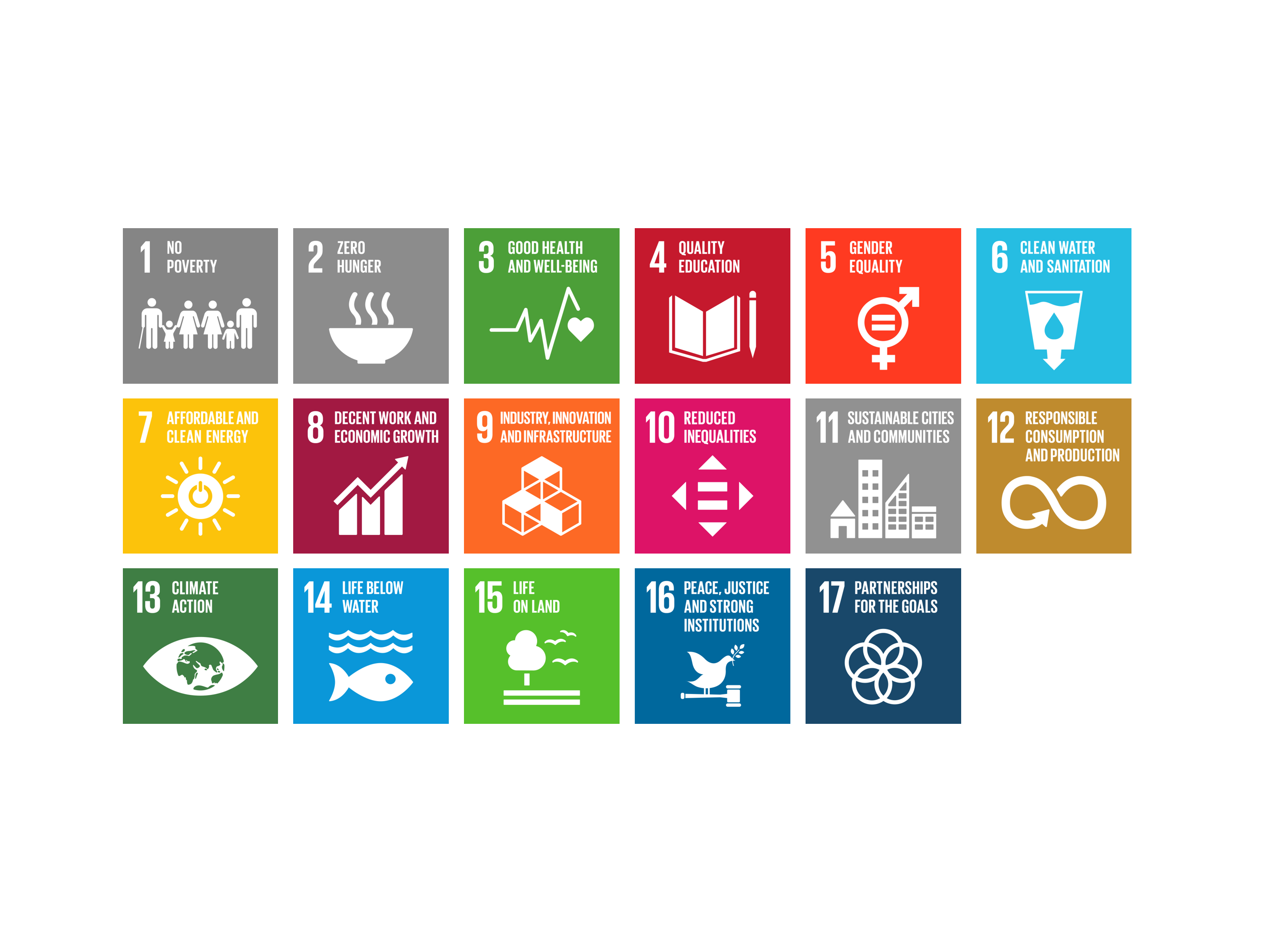
We base and measure our actions on the 17 SDGs
Sustainable Development Goals
A sustainable society must be socially responsible, focus on environmental protection and the dynamic balance in human and natural systems, thereby ensuring orientation on the three dimensions of sustainability: social, environmental & economic.
These three dimensions are represented by the Sustainable Development Goals ( SDGs ) of the United Nations, which should lead to a world without hunger and poverty, which offers prosperity for everyone and in which the resources of our planet are used sustainably. A world in which there is peace, human rights are guaranteed and global partnerships exist on an equal footing.
In our sustainability report, which is available in the download area, you will find a precise description of the individual SDGs and our corresponding measures.
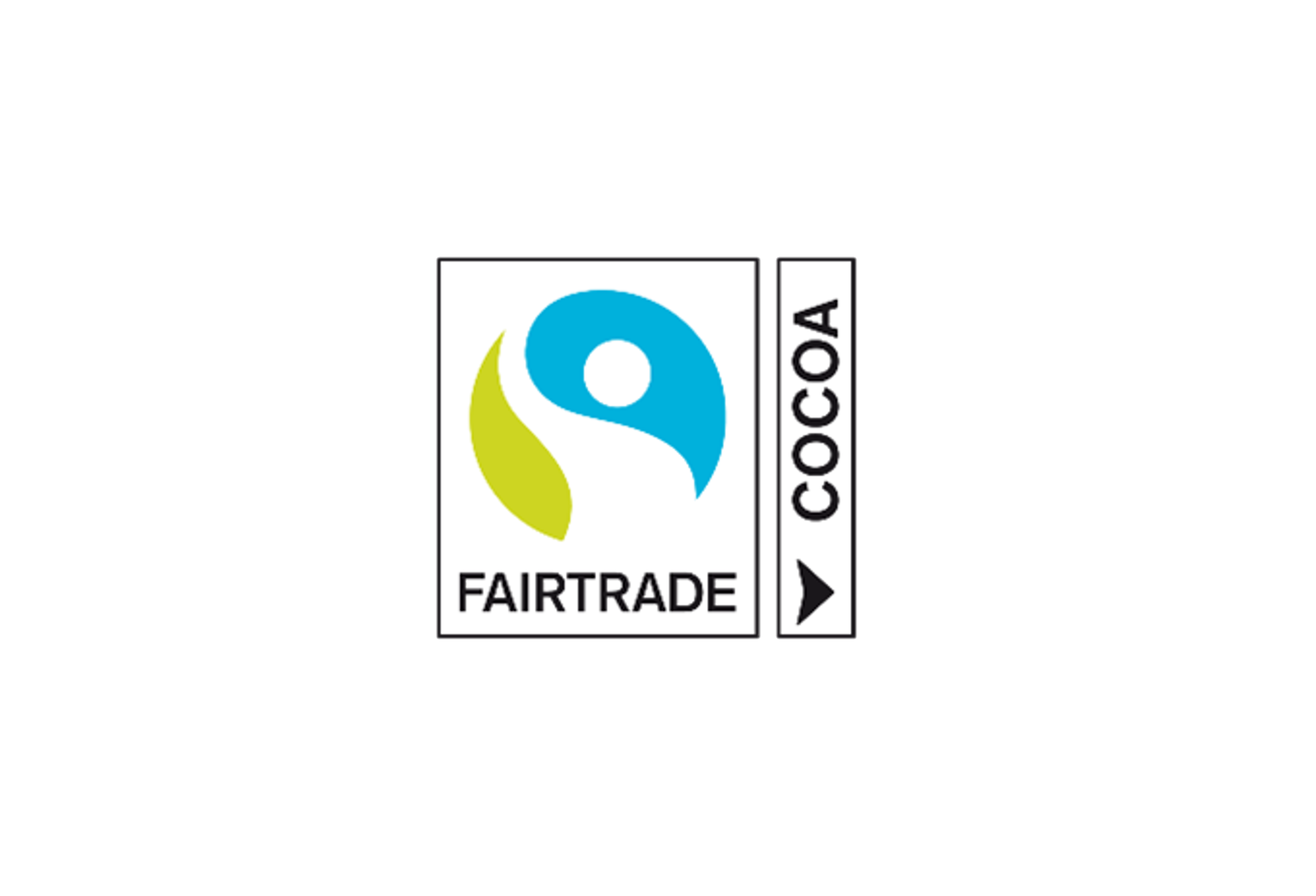
Current measures for more sustainability
Fairtrade
Since 2019, we have been sourcing Fairtrade cocoa for our entire Storz range, thereby supporting Fairtrade farmers in the cocoa-growing regions. Fairtrade is a non-profit organization that awards the Fairtrade seal to fairly traded products.
Fairtrade is committed to humane living and working conditions for smallholder families and employees in Africa, Latin America and Asia. We source Fairtrade cocoa with volume balancing. More information at fairtrade-deutschland.de/siegel .
The complete traceability of our cocoa back to the producer organization is our goal by the year 2027.
Current measures for more sustainability
Energy management
A large amount of energy in the form of heating oil, natural gas and electricity is used in the manufacture of our products.
In order to reduce the ecological impact of this energy consumption, we are working intensively on optimizing our energy management.
We currently use 100% green electricity for electricity and thus obtain our electricity entirely from renewable energies. In September 2022, we carried out an energy audit (DIN 16247) with an external service provider in order to explore our potential for energy savings at our production site. This analysis showed us significant savings potential. Furthermore, we will be able to cover a significant part of our electricity requirements ourselves from the second half of 2023 with our own new 400 kWp photovoltaic system.
Current measures for more sustainability
CO₂ balance for the 2021/22 financial year
By compensating for unavoidable emissions that we can influence directly, Storz has been a climate-neutral company since FY 21/22 (certified by ClimatePartner ).
Current measures for more sustainability
Project wind farms in Brazil
Our company is committed to being carbon neutral by reducing our own CO₂ emissions and offsetting the unavoidable emissions. We chose the project in Brazil
- "14 wind farms promoting sustainable development in northeastern Brazil" .
This wind power project makes an important contribution to climate protection and supports the surrounding communities with clean energy. It comprises 156 turbines with a total capacity of 358.8 MW, saving around 652,150 tons of CO₂ annually that would otherwise be produced by fossil fuels. The project pays particular attention to the needs of local communities, improves local infrastructure and provides access to educational opportunities.
This project contributes to the achievement of three of the UN Sustainable Development Goals (SDGs):
- 1. Affordable and clean energy
- 2. Decent work and economic growth
- 3. Climate protection measures
We are proud to be part of such a project and thereby take our responsibility for a more sustainable future.
Aktuelle Maßnahmen für mehr Nachhaltigkeit
Projekt Windparks in Brasilien
Im Geschäftsjahr 2021/22 haben wir das folgende Projekt unterstützt, um finanziell Verantwortung für unsere verursachten Emissionen zu übernehmen:
- "14 Windparks, die nachhaltige Entwicklung im Nordosten Brasiliens fördern"
Dieses Windkraftprojekt leistet einen wichtigen Beitrag zum Klimaschutz und unterstützt die umliegenden Gemeinden mit sauberer Energie. Es umfasst 156 Turbinen mit einer Gesamtkapazität von 358,8 MW, die jährlich etwa 652.150 Tonnen CO₂ einsparen, die sonst durch fossile Brennstoffe entstehen würden. Das Projekt legt besonderen Wert auf die Bedürfnisse der lokalen Gemeinden, verbessert die lokale Infrastruktur und schafft Zugang zu Bildungsmöglichkeiten.
Dieses Projekt hat zur Erreichung von drei der UN-Ziele für nachhaltige Entwicklung (SDGs) beigetragen:
- 1. Bezahlbare und saubere Energie
- 2. Menschenwürdige Arbeit und Wirtschaftswachstum
- 3. Maßnahmen zum Klimaschutz
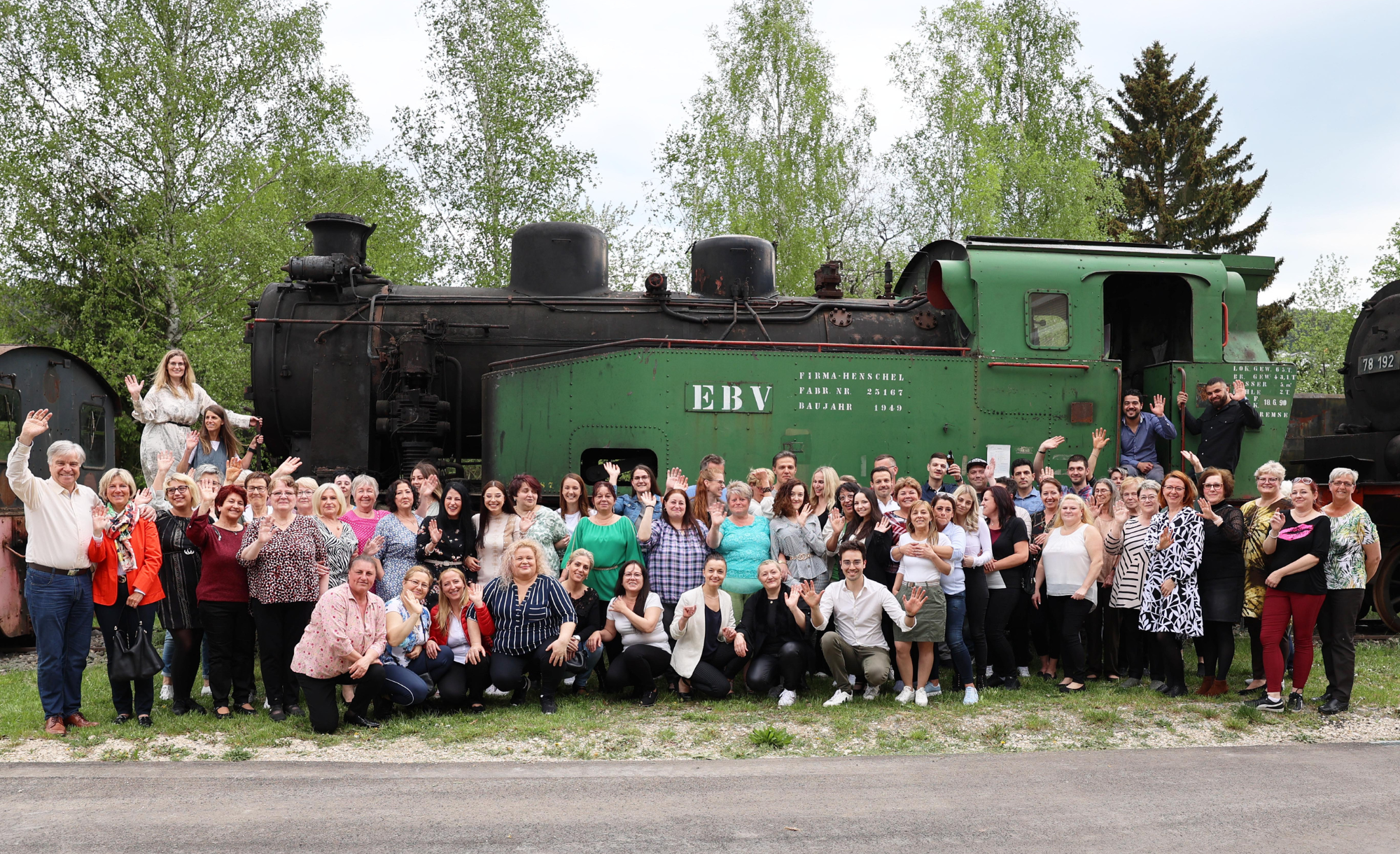
For us, sustainability is not just a generic term for a wide variety of topics that are sometimes more or less relevant - we live it in our daily interactions. You can find out who we are, how we think and work in the "About us" section.
Creating a sustainable working atmosphere is not easy. For this we need smart and motivated people who live and promote such topics with passion. If you would also like to get involved with us, you will find all the relevant information under "Jobs".
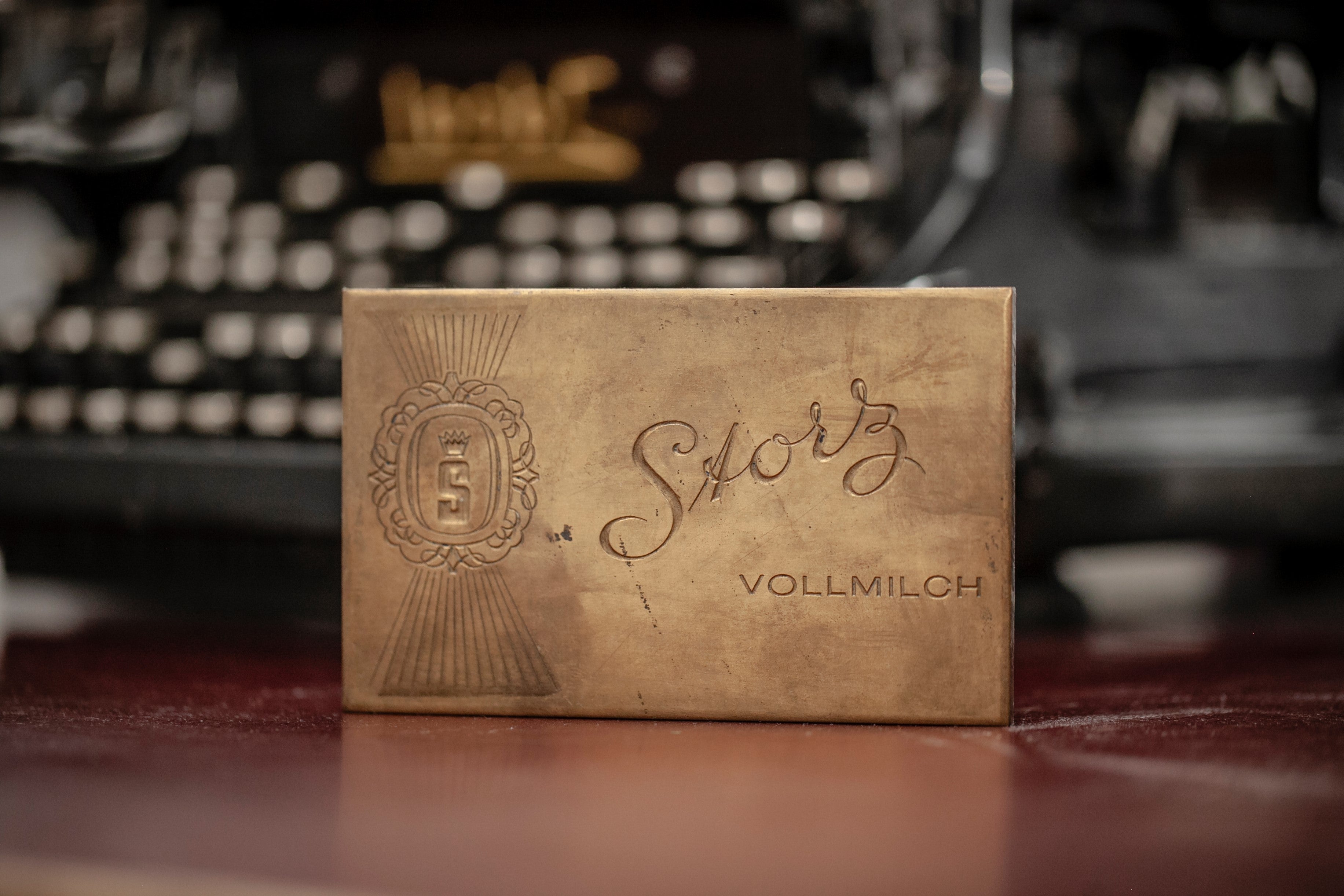
Sustainability is deeply rooted in our company history. The company has been run by the fifth generation since 1884 and we enjoy a cross-departmental, well above-average length of service.
In order to be able to act sustainably, a special level of quality is required. You can find out how we define and live the topic of quality here.
